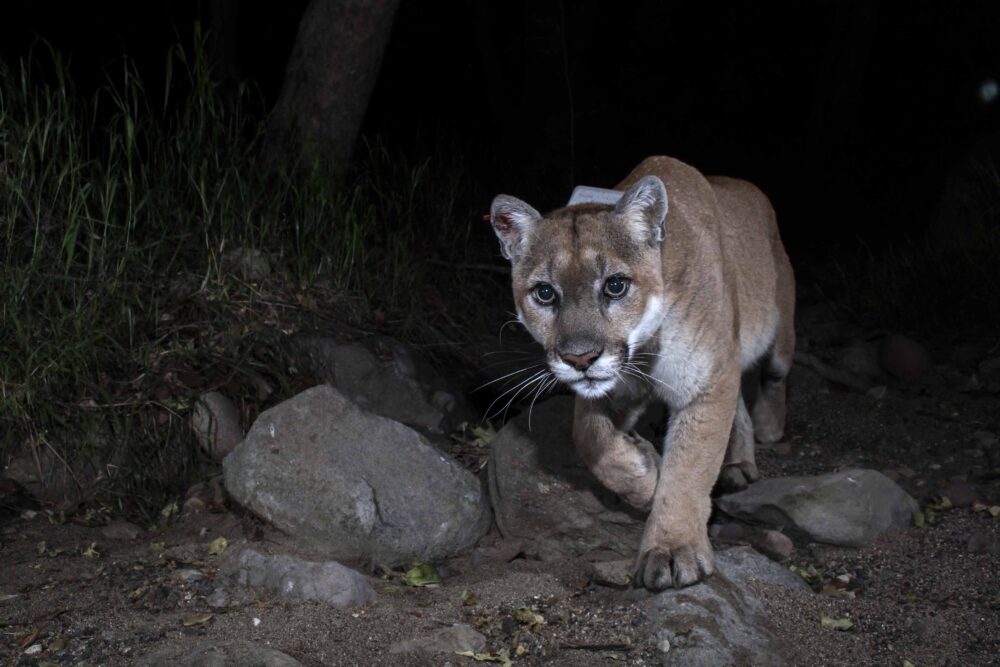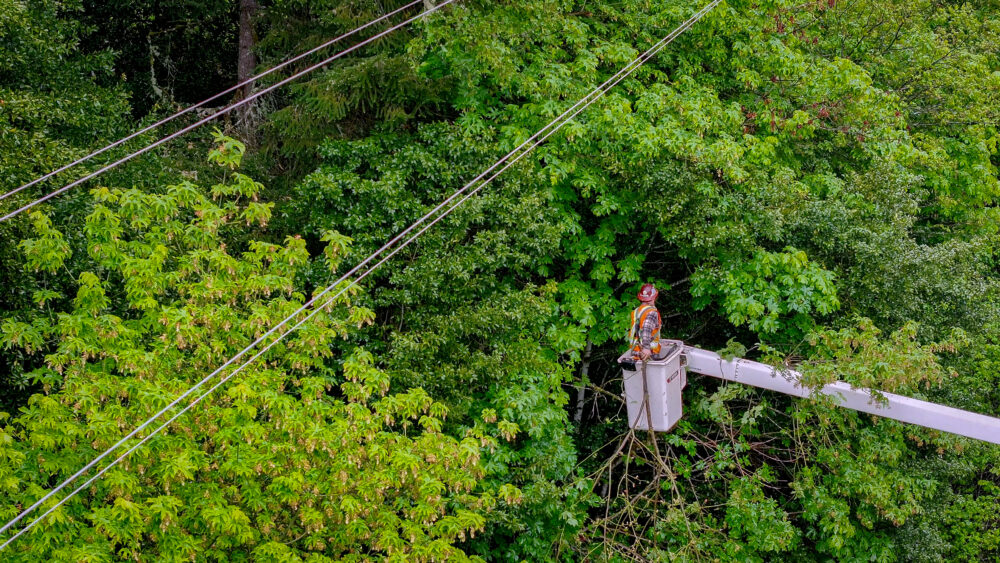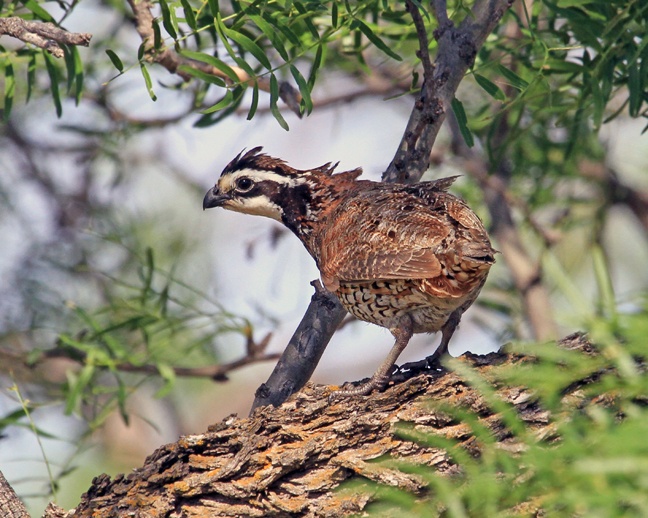We have much more to do and your continued support is needed now more than ever.
Meet the Trees

Trees are an investment — in wildlife, in people, in the future of our planet. For wildlife, they can provide food, water, cover, and places to raise young. For people, they reduce stress, lower energy costs, and provide shady, recreation spots. And for our planet, they prevent erosion, reduce CO2, and clean the air.
For this year’s Giving Tuesday celebration, we’re showing our appreciation for trees with a big goal: planting 5,000 trees for wildlife. To get in the spirit, we’ve given nicknames to a few of the most unique trees in the U.S. that remind us of how many benefits trees provide.
The Provider – Northern Red Oak (Quercus rubra)
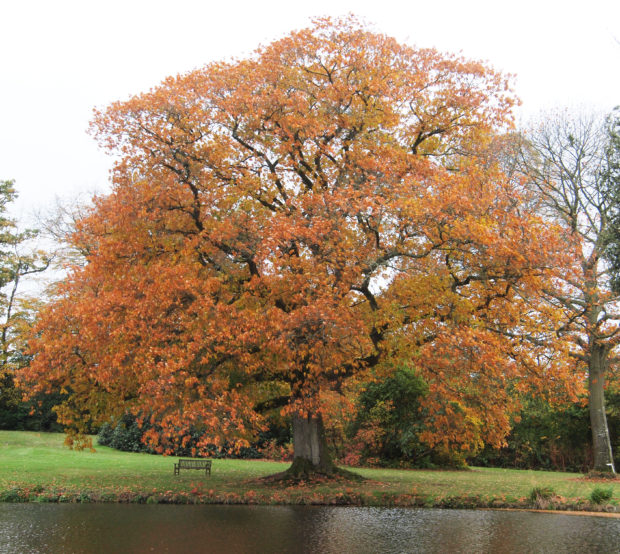
Naturalist Joseph S. Illick called this tree “one of the handsomest, cleanest, and stateliest trees in North America.” This tree has it all. It is fast growing, yet strong. It thrives in urban and rural areas across the country. It provides brilliant fall colors and produces acorns and other food for wildlife. Plus, it even has a wide crown you can walk or dine under. You’ll spot it by its 4-8″ long leaves and pale yellow-green catkins that appear between April and May.
The Tough Guy – Bristlecone Pine (Pinus longaeva)

Found in Utah, Nevada and California, these trees are known for their longevity and ability to survive some pretty adverse growing conditions. Unless you like to spend time in high elevations with cold temperatures and high winds, you’re unlikely to spot one of these hearty pines. The bristlecone pine is also the longest-living tree on the planet, some dating back more than 5,000 years! You’ll know it by its massive trunk and twisted, gnarled shape.
The Class Clown – Joshua tree (Yucca brevifolia)
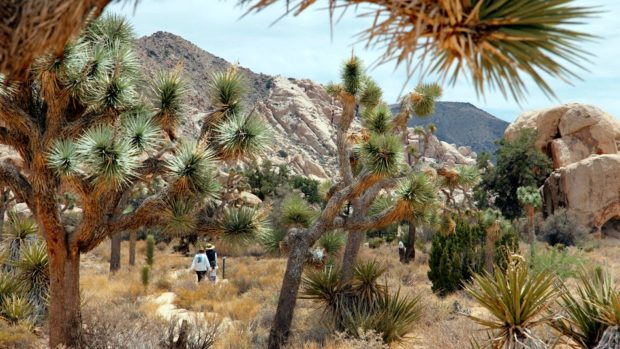
These trees sure have a unique look — like something out of a Dr. Seuss book. Native Americans called the trees “humwichawa” and used the leaves for baskets and the buds and seeds for food. Wildlife don’t seem to mind their funny appearance. Joshua trees provide habitat for many birds, mammals, insects and lizards. Head out to the Mojave Desert or Joshua Tree National Park to walk through this abstract landscape.
The Inspiration – Survivors’ Tree
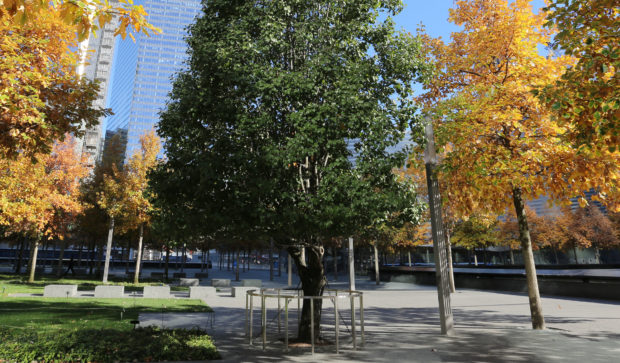
The species may not be native to the U.S., but one particular Callery pear tree (Pyrus calleryana) has captured our hearts and expresses the deeper meaning that trees can have for all of us.
This particular tree was discovered at Ground Zero, severely damaged, but still alive, and given to NYC Parks and Recreation for care and rehabilitation. In 2010, it was returned to the 9/11 Memorial site. According to the Memorial’s website, “New, smooth limbs extended from the gnarled stumps, creating a visible demarcation between the tree’s past and present. Today, the tree stands as a living reminder of resilience, survival and rebirth.” Learn more about this tree and where you can visit.
The Game Changer – The One You Plant
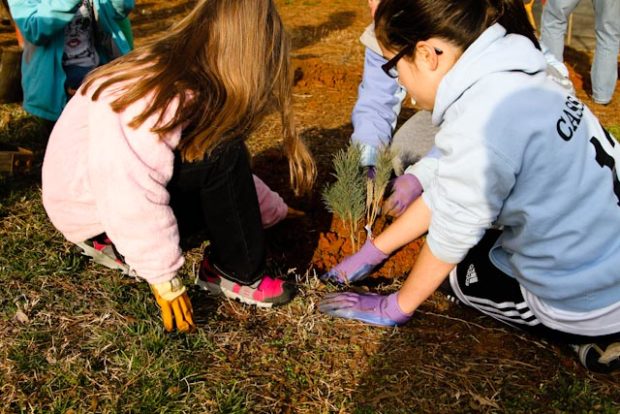
A tree doesn’t have to be famous to make a difference. Trees of all shapes and sizes help provide for wildlife and absorb CO2. One of the least expensive and easiest ways each of us can make a difference for our planet is to plant a native tree that will provide for wildlife and people in the community.
Give Trees Now
